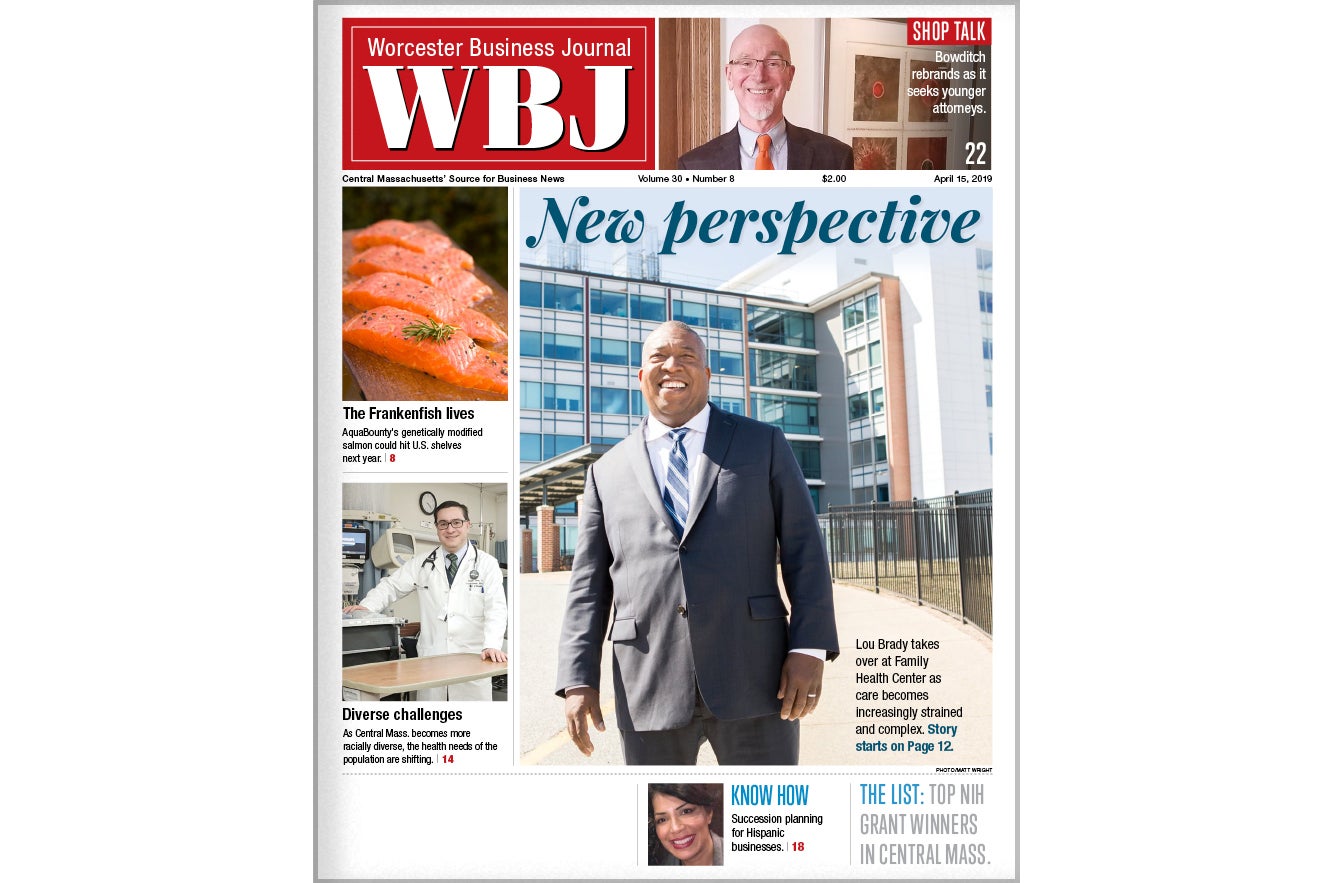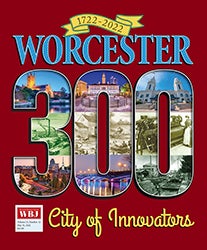The Outlook For North Central
What are the prospects for the economic development of North Central Massachusetts? Entering 2010, the distinctive North Central region stands at a crossroads as its cities of Fitchburg, Gardner and Leominster, and the surrounding 23 towns from Ayer in the east to Orange in the west, try to compete and potentially prosper more broadly in the worst economic conditions since the Great Depression.
Emphasizing The Positive
This means gauging critically the conventional wisdom about how regional economic development can occur.
To illustrate, the relative affordability across North Central Massachusetts should attract more start-up business, or those relocating, or even expanding. Standard regional affordability measures from recent Council for Community and Economic Research quarterly analysis indicate that North Central Massachusetts is one of the “most affordable” regions in the state.
Yet, sharp differences in regional affordability exist, even within North Central.
Evidently, differences in relative affordability produced a cascading effect during the run-up in real estate prices earlier this decade.
Wealthier households displaced poorer ones, who moved outward toward communities with lower housing costs. This affected residential patterns rather than increased business activity.
Ultimately, this leads to the fundamental question about whether differences in living costs within Massachusetts really determine the location for new economic activity, or if the perceived wellbeing, cohesion, and future prospects of each community, plays a larger part. In short, does an elusive bridge between affordability and development characterize this economic region?
Historically, the North Central Massachusetts economy remains very limited outside its distinct manufacturing sector, plastics cluster, and geographic boundaries defined by the Workforce Investment Area (WIA).
North Central Massachusetts maintains the highest percentage (23.47%) of private labor force employment working in manufacturing statewide. Nearly one of four jobs involves manufacturing and 463 companies represent 17 different manufacturing sectors.
Moreover, the region’s plastics cluster comprises the largest in New England, representative of 160 companies across the plastics industry. Therefore, as a pathway to economic development, how solid is this manufacturing concentration?
Given the harsh economic recession, higher unemployment in North Central Massachusetts frequently results from this high manufacturing concentration.
Often, the trends indicate that when the state and national economy begin to recover, the North Central region lags behind such recoveries. If that trend continues, then North Central Massachusetts would likely show this “lagging effect” in higher unemployment.
Yet, beyond the cyclical effect of losses in manufacturing, it remains important to ask if a significant structural tendency exists for the production of goods and services to become increasingly “footloose.”
Logically, it would follow to examine closely the perennial notion that a region’s economic life potentially begins to transform with key improvements in roadway or railway infrastructure.
Here a distinction might lie between the uses of such infrastructure for moving goods or people. Would changes in infrastructure ease commuting to the region for work or spur the production and shipment of goods from the region? Or, would they encourage the growth of bedroom communities regionally serving economic activities, either in Worcester or Boston?
Judging from recent changes in residential patterns, the latter seems more likely. Certainly the longer view of infrastructure changes might be illustrated by historical impact of the major east/west artery through the region — Route 2 — since its completion in the early 1970s.
Thus, for the North Central region’s business, public policy, and community leaders to gain meaningful, objective economic statements, the imperative focuses on providing more effective quantitative and qualitative economic analyses.
Equally, the region needs to test assumptions regarding its geographical definition, the impact of infrastructure economically, and the “affordability” moniker for better understanding the North Central economy.
Robert Pontbriand and Michael Turk are researchers at the Regional Economic Development Institute at Fitchburg State College.









0 Comments